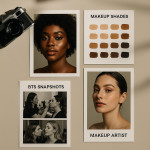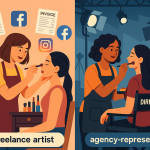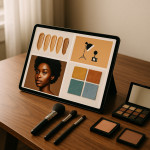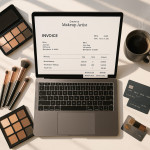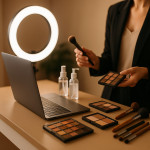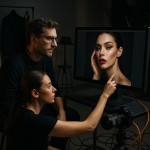Insurance basics: coverage types safeguarding maquilleurs on high-risk locations
Explosive stunts, remote jungles, crowded festival grounds – maquilleurs often work where one mis-step can spell injury, lawsuit or costly kit damage. This guide unpacks the insurance basics every makeup artist needs to safeguard their craft, reputation and income when jobs take place on high-risk locations.
Why maquilleurs need robust insurance on high-risk sets
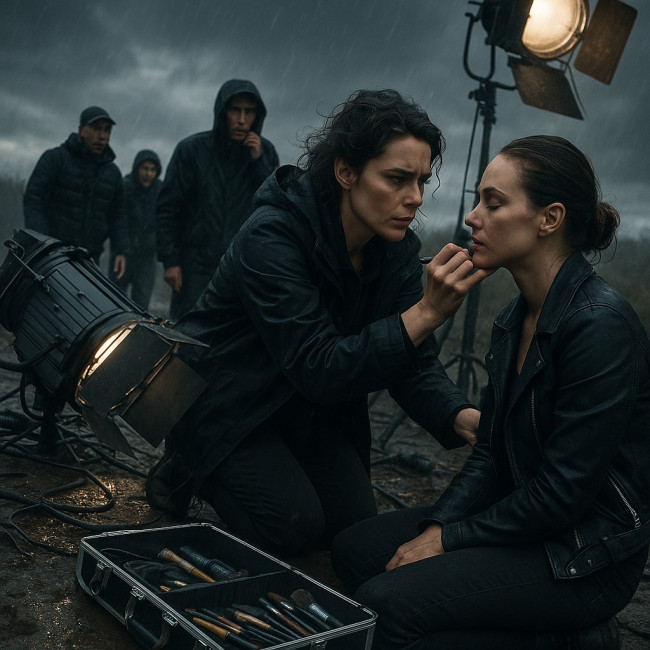
On volatile shoots the unexpected happens fast. A stray sparkle pigment can irritate an actor's eye, a toppled lighting tree can crush your case of airbrush compressors, or a sudden downpour can destroy carefully packed prosthetics. Without the right cover you shoulder replacement costs, medical bills and potential legal fees – expenses that can wipe out a season's earnings.
- Liability threats – bodily injury or property damage claims from crew or talent.
- Equipment exposure – high-value kits often left in unsecured trailers or moved between units.
- Production delays – a missing maquilleur or ruined product line can halt filming and trigger penalty clauses.
- Remote risk – distance from hospitals or reliable logistics amplifies every incident.
Producers increasingly demand proof of cover before confirming bookings, and platforms such as makeup-artist collaboration boards on Artfolio flag insured professionals to recruiters. Having the right policies is therefore both a safety net and a marketing edge.
Essential coverage types for maquilleurs
| Coverage | What it protects | High-risk location example |
|---|---|---|
| General liability | Third-party bodily injury & property damage | Extra trips on a rocky cliff, actor slips on spilled setting spray |
| Professional indemnity (Errors & Omissions) | Negligence claims linked to your craft | Allergic reaction to adhesive you applied during a desert shoot |
| Equipment (Inland marine) | Loss, theft or damage of tools & products | Generator surge fries your airbrush gun at a carnival night set |
| Personal accident & health | Your own medical bills & income interruption | Heatstroke during 12-hour open-air concert filming |
| Commercial auto / hired & non-owned auto | Vehicle liability when you drive gear or talent | Crash while shuttling wigs between base camp & location |
| Cyber & data breach | Client data or NDAs compromised via lost device | Theft of tablet with confidential look-dev photos for blockbuster |
1. General liability – your first line of defence
Most venue and production contracts list $1–2 million per occurrence as standard. Check whether stunt scenes or pyrotechnics impose higher sub-limits. Name the production company as “additional insured” to speed gate-check approval.
2. Professional indemnity (E&O)
Even seasoned maquilleurs can mislabel a latex product or overlook a client's allergy form. Errors & Omissions coverage pays legal defence and settlement costs if your creative decision causes harm or financial loss.
3. Equipment insurance that follows you worldwide
Bases, palettes and custom prosthetics often cost tens of thousands of euros. Choose an inland-marine policy that covers worldwide transit, includes theft from unlocked vehicles and pays replacement cost rather than depreciated value.
4. Personal accident & income protection
If you twist an ankle hauling cases up stadium steps, shoot delays might be the least of your worries. A personal accident rider covers medical expenses and pays a weekly benefit while you recover, ensuring bills are met even when you cannot accept gigs.
5. Commercial auto nuances
Rented vans, ride-share trips or even your personal car used for business can expose you to liability gaps. Confirm that hired & non-owned auto is endorsed on either your own policy or the production's umbrella cover.
6. Cyber insurance for photo-heavy workflows
High-definition before-and-after stills, NDA-protected scripts and celebrity contact lists travel via cloud links and USB sticks. A cyber policy helps pay notification, credit monitoring and extortion costs if data leaks.
Cost drivers you must watch
Premiums vary by territory, annual revenue, claim history and selected limits. High-risk locations add surcharges for:
- Weather volatility (tropical storms, blizzards)
- Terrain difficulty (mountains, boats, underground tunnels)
- Crowd density (music festivals, theme parks)
- Special effects (fire, water tanks, explosives)
Mitigate costs by showing insurers written safety protocols, a current first-aid certificate and proof you follow UV-reactive pigment safety rules. Some carriers shave 5–10 % off premiums when artists demonstrate risk-management training.
Risk-management actions that lower claims
- Draft a kit inventory before every travel day; log serial numbers.
- Store isopropyl alcohol, adhesives and aerosols in UN-rated fireproof boxes.
- Use portable shade tents and hydration rotas to prevent crew heatstress.
- Document patch tests with time-stamped photos; archive them for five years.
- Sync call sheets with a shared app so drivers avoid fatigue-inducing detours.
For deeper on-set safety tactics, explore our live-shoot risk management guide.
Claim scenario walk-through
Imagine a mountain-top commercial. Wind gusts flip your open product case, scattering palettes down a slope and injuring a passing grip. Your policy sequence would work like this:
- General liability pays the grip's medical costs.
- Equipment insurance reimburses damaged palettes at replacement cost.
- Professional indemnity covers legal defence if the grip sues, alleging negligence.
You file one incident report, and the insurer coordinates between lines to settle quickly while you keep client relations intact.
Choosing an insurer: 5 evaluation factors
- Film & entertainment specialty – dedicated adjusters understand production pace.
- Worldwide territory wording – essential for cross-border shoots.
- Short-term certificates – ability to issue 24-hour event endorsements online.
- Gear valuation clauses – replacement cost, no depreciation on cosmetics.
- Bundled cover discounts – package policies cut admin time and cost.
Quick self-assessment quiz
FAQ
- Do I need insurance if the production already has a policy?
- Yes. The production's policy protects its interests, not yours. You still face personal liability for professional errors, kit loss or driving incidents outside their coverage.
- How much equipment coverage should I buy?
- Total your kit's replacement value, then add 10 % for expendables and sudden upgrades demanded on rush shoots. Insurers may set minimums, but under-insuring leaves you out-of-pocket.
- Can I get short-term insurance for a single high-risk job?
- Many entertainment insurers offer 24-hour or multi-day event policies. Premiums are higher per day than annual cover but still cheaper than funding a claim yourself.
Next steps: turn knowledge into action
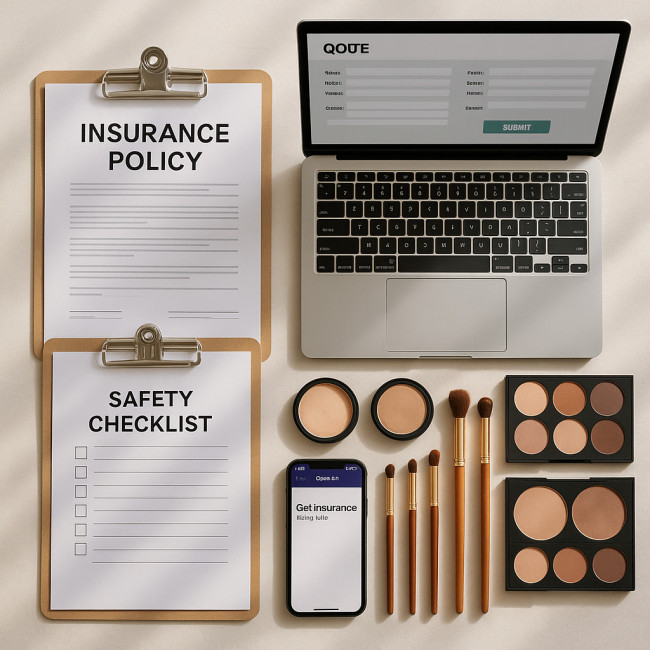
Update your kit inventory today, request quotes from at least two entertainment-focused brokers and secure written safety protocols. For more career-protecting tactics, read how photographers and makeup teams align in retouch expectation checklists and keep your booking calendar competitive with our tips on real-time availability tools. Comprehensive insurance paired with proactive risk management keeps you on every producer's shortlist and off the financial hazard list.
